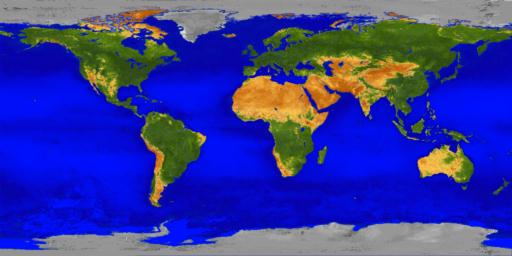
Inspired by a Washington Post story posted today titled
Deere John: It's Been A Good Ride - Lawn Behemoths Are Going Out to Pasture, the impact of the presence of the lawn on our time, money, and the environment is seen as another key factor in the shift to the new society of the 21st century.
What is the lawn for? The front lawn, primarily, is a space to walk
through. It does not house people, equipment, or serve a purpose for transport, services, or aesthetics in most cases - although that is subjective and untrue for many people based on a cultural bias created in the 1950s "Beaver Cleaver" ideal of suburban utopia and continually sold to us by massive industries of lawn care and cheap real estate development. In light of this, the side lawns of a home (if they exist) carry these same traits to an extreme and don't even serve the front lawn purpose of walk through space.
The back lawn is the suburban consumer's answer to recreational space that is usually served by public park land in an urban setting. In a time of excess, the suburbanite can own their own little park on their property and not need to bother with other people and their needs infringing on their private fiefdom. Attractive to those who highly value privacy. However, in a time of changing social values, the lack of other human activity and shared space that we all seek in other ways (restaurants, promenades, and other social spaces) make this less attractive and expensive to own and care for.
This all brings us back to one of the biggest factors affecting the "shift":
Time. Time to mow, trim, fertilize, and manicure. Time wasted driving great distances through the sprawl largely caused by wasteful uses of space. Time is the resource that will be our obsession to acquire, preserve, and effectively use in the internet age and we are already seeing the younger generation choosing time as their priority over possessions, prestige and other opportunities. And this doesn't even take into consideration what
environmental concerns are doing to people's motivations.

For those who argue lawns are an important contributor to the removal of greenhouse gases and the cooling effect of greenery on our ambient air, a massive movement to create
rooftop gardens and other green spaces in urban areas more than compensates for the loss of lawns in our urban areas. This movement could gain some steam in New Brunswick cities as it is currently not a trend in our province.
Lawns create distance and are largely responsible for sprawl. On every property that contains a front and back lawn, several other families or other uses could be housed. On a suburban street that might house 20 homes (20 families), the distance from one end of the street to the other created by individual lawns requires greater distance for other services such as plumbing, electrical, roads, and sidewalks to traverse. This same distance in a neighbourhood without lawns could house many more families and cost the community far less.
According to the Bookings Institution, the average annual cost to service a new family of four (police, fire, highway, schools, sewer) is
$88.27 in more urban Shelby County, KY, but a whopping
$1,222.39 in sprawling Pendleton County, KY.
Some interesting perspectives on the lawn:
 Quite serious for some apparently. According to this recent report from Milwaukee, A school there decided to solve their parking issue by giving away free Trek bikes, helmets, and locks to anyone who pledges to abandon their cars: http://www.jsonline.com/story/index.aspx?id=788470.
Quite serious for some apparently. According to this recent report from Milwaukee, A school there decided to solve their parking issue by giving away free Trek bikes, helmets, and locks to anyone who pledges to abandon their cars: http://www.jsonline.com/story/index.aspx?id=788470.



